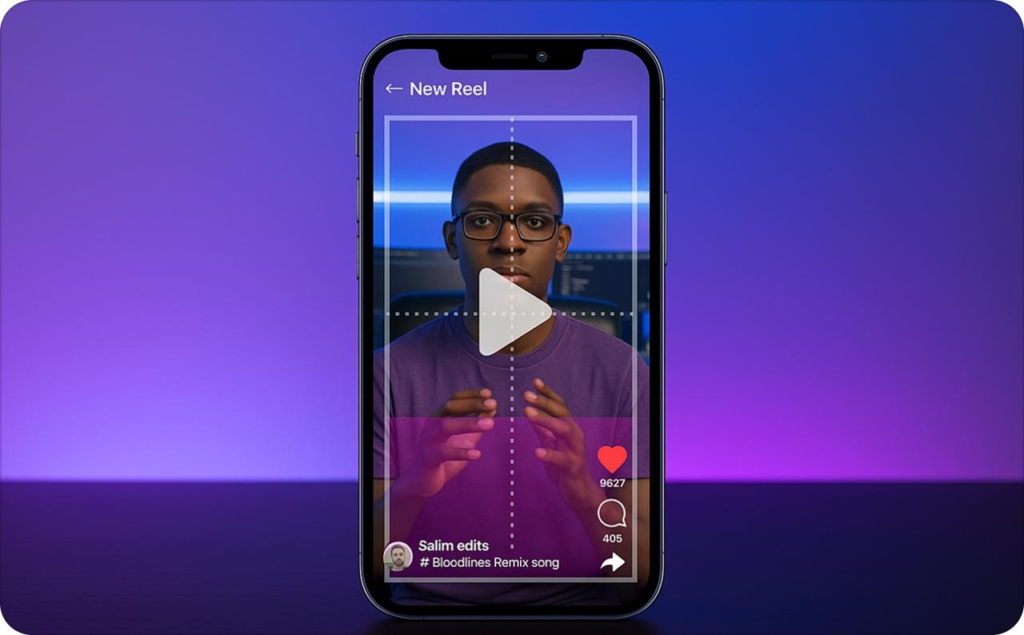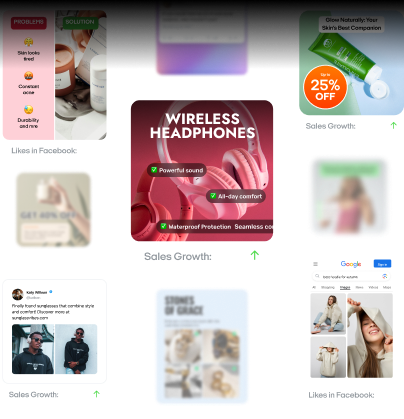Best testimonial advertising examples and campaigns that convert in 2025
Wonder how testimonials turn viewers into buyers? Zeely AI features the best testimonial ad examples and 2025 campaigns that build credibility and boost conversions fast.
The fastest way to double your ad performance? Let your customers do the talking. Testimonial ads drive conversions by turning customer stories into trust-building content. In 2025, this form of advertising isn’t optional, it’s a competitive advantage.
Why? Because real customer voices outperform polished scripts. People trust people, not brands. That’s why formats like user-generated content, short-form video, and hybrid testimonial ads are dominating platforms like Instagram, YouTube, and TikTok. They blend dynamic storytelling with authenticity, two factors Google’s ranking models and real buyers both reward.
But here’s where most marketers struggle: balancing performance with authenticity. Overly produced ads feel staged. Yet raw, unstructured testimonials can fall flat. The sweet spot is structured authenticity, real reviews, backed by smart creative direction and aligned to platform-specific formats.
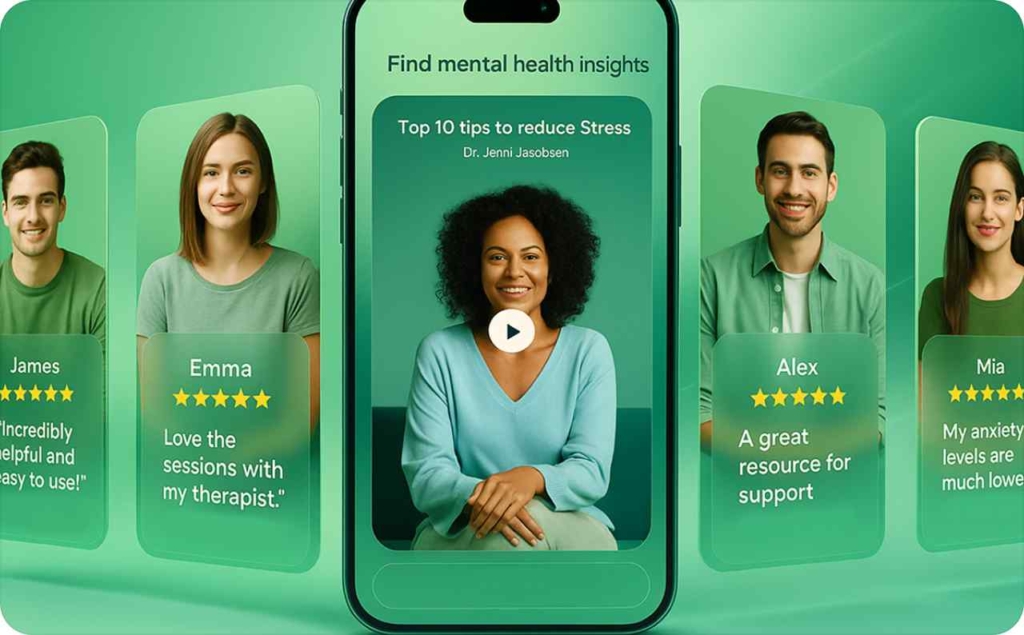
Types of testimonial advertising with examples
Testimonial advertising is a marketing strategy that features authentic customer, client, or expert endorsements to increase credibility and influence purchasing decisions. Common types include video testimonials showcasing real customer stories, written reviews highlighting product benefits, influencer endorsements leveraging social media reach.
Text-based testimonials
Text-based testimonials are short, written quotes from real customers. Each quote links a person to a result in plain language. Customer → speaks → benefit. You show the name, role, and clear outcome like “saved me five hours a week.” Place the quote beside your strongest benefit or call-to-action. The words act as live social proof right where decisions happen.
Why it works:
- Readers skim. A tight quote stops the eye.
- Name + role + specific result equals instant credibility.
- The testimonial anchors your promise in reality; doubt drops.
- You lower bounce rates, raise clicks, and shorten the path to “Buy.”
Use text-based testimonials on product pages, retargeting ads, and follow-up emails. Show real words from real people, and you help the next visitor believe and convert.
For example:
Slack’s testimonial page groups customer quotes by use case, like communication and collaboration. Each quote is short and specific, for example, “Slack cut our email volume in half.” Filters help visitors find stories relevant to their industry or team size. The page pairs these quotes with calls to action, turning social proof into quick conversions.
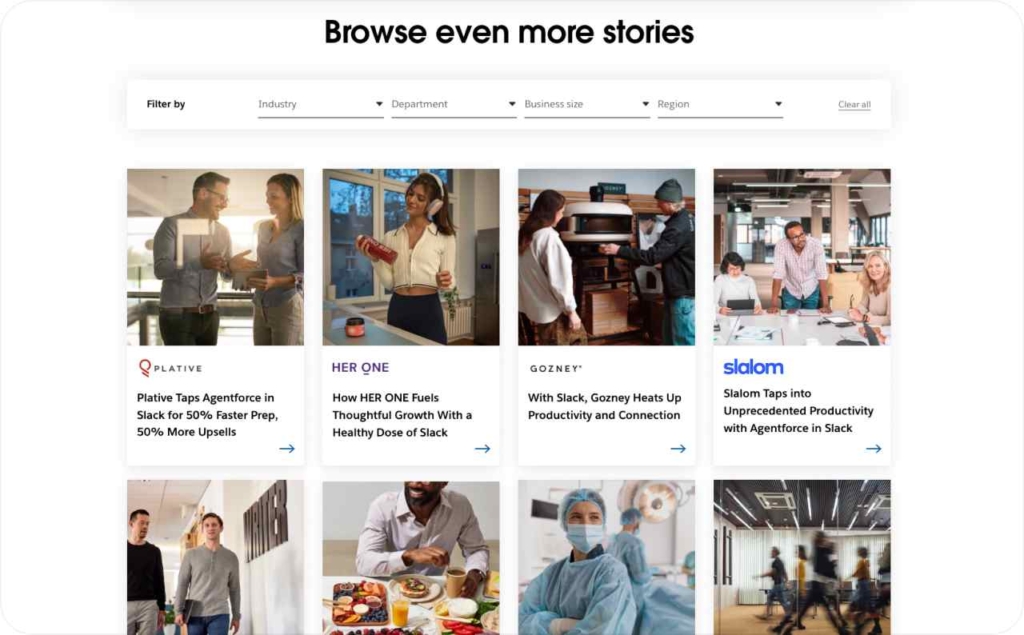
Photo source: Slack
Here are some text-based testimonials you can create with Zeely AI static ad maker within minutes:
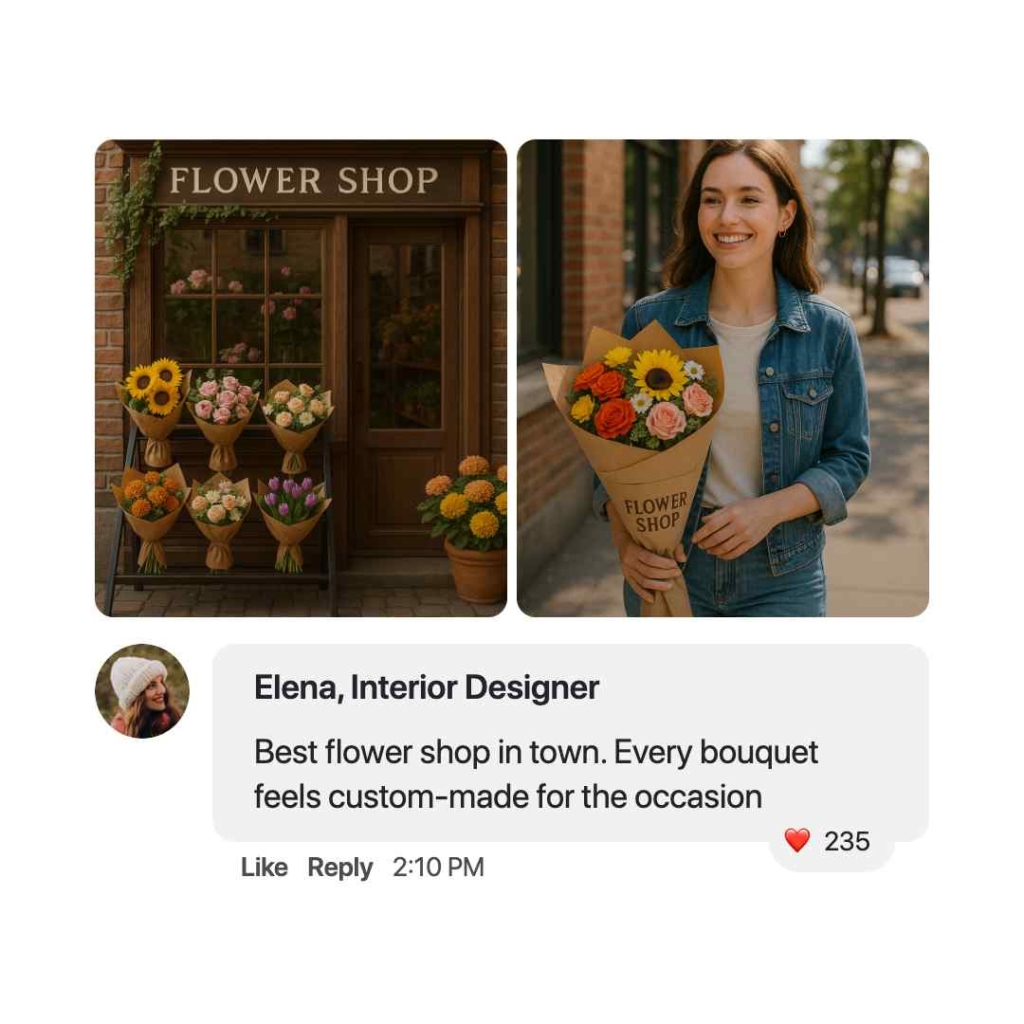
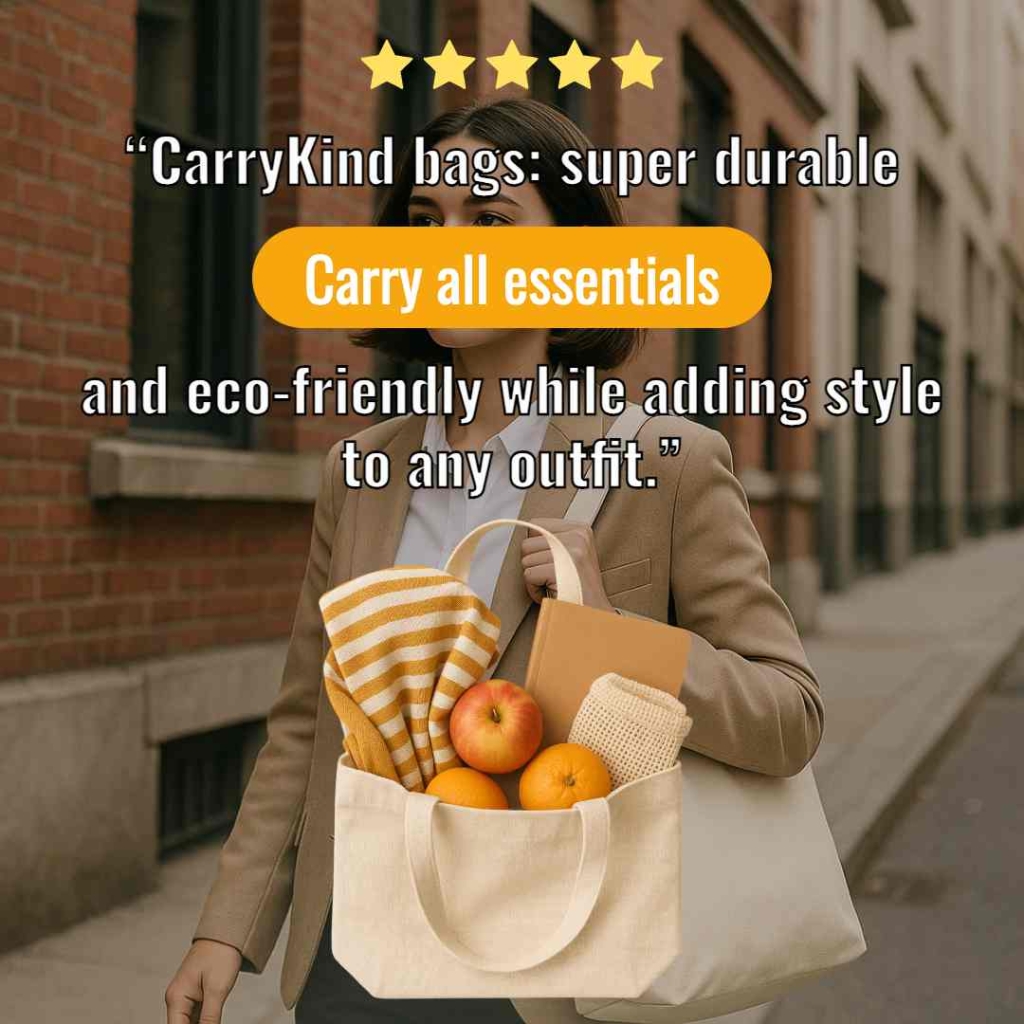
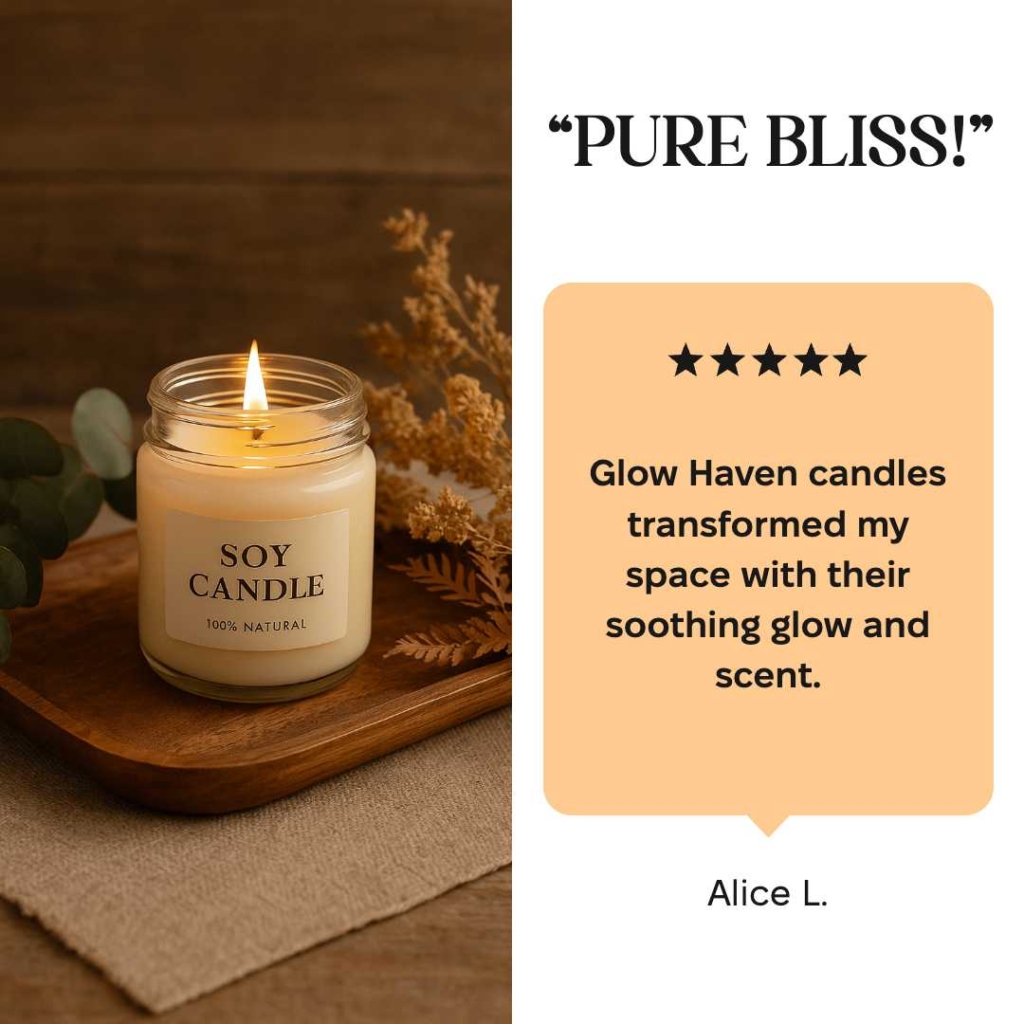
Video testimonials
Video testimonials are a form of testimonial advertising where real customers speak on camera about your product. You hear their voice, see their face, and feel their emotion — signals that text reviews can’t deliver. Use them for high-consideration buys where trust matters most.
Why it works:
- Faces and voices build instant trust.
- Emotion connects faster than text.
- Unscripted clips feel real; polish can feel fake.
- You see proof, not promises, in action.
- Trust rises, doubt drops, and clicks follow.
- Viewers stay longer, engage more, and buy sooner.
For example:
ilFornino features video testimonials from homeowners and pizzeria owners using their pizza ovens. You watch real cooks make pizzas, talk about heat-up time, and show results in their kitchens and shops. Seeing the oven in action makes you trust the brand and the purchase.
Here are some Zeely AI templates you can use for your video testimonial covers:
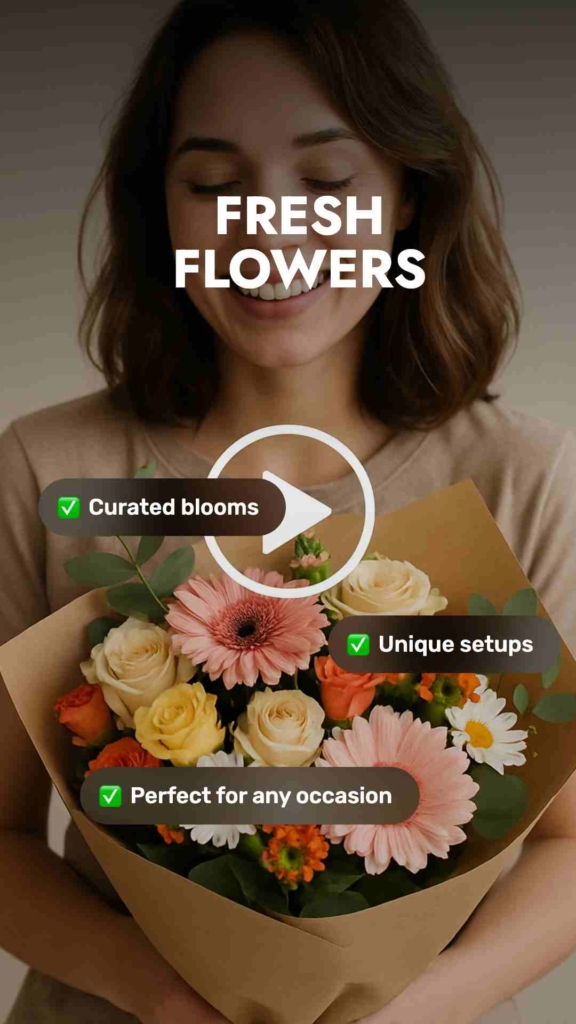
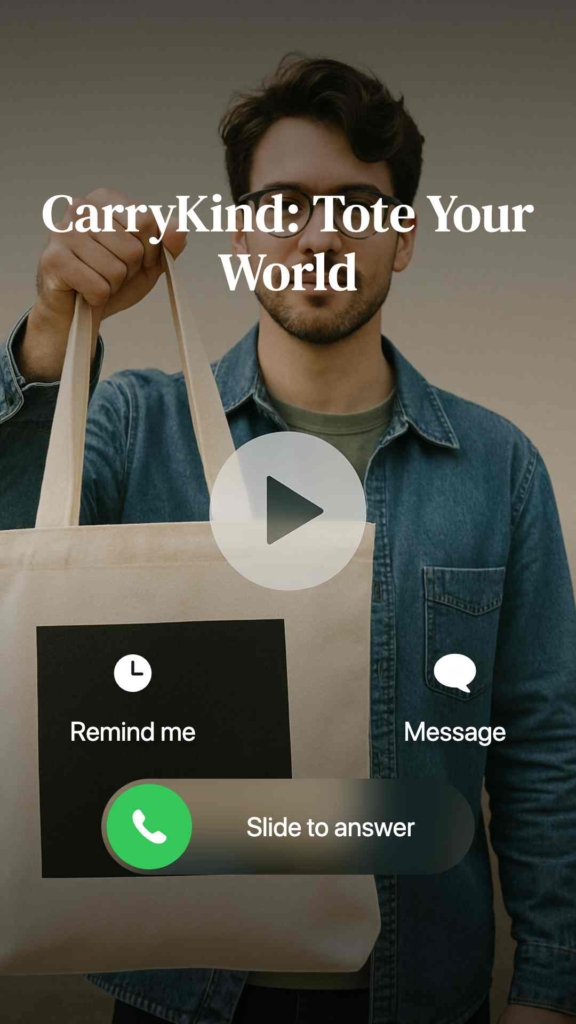
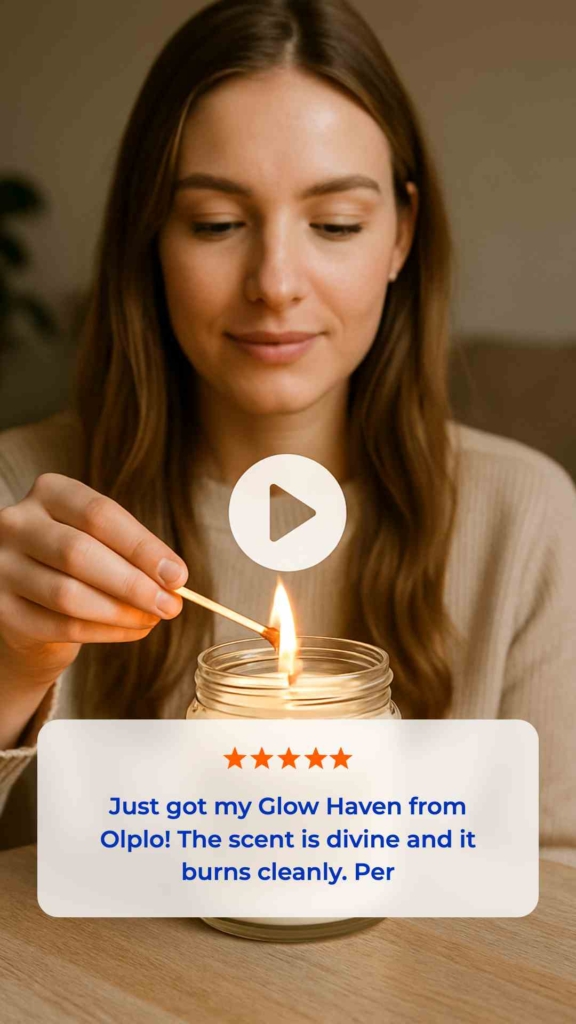
Image testimonials and UGC
Image testimonials are photos, screenshots, or reviews from real customers. You use them to show your product in real life just like people share on Instagram, TikTok, or Facebook. This type of user-generated content feels like a regular post in someone’s feed, not a polished ad. It could be a selfie, a captioned direct message, or even a tweet screenshot. The key is: it looks natural, not staged.
Why it works:
- It looks like a friend’s post, so people pause instead of scroll past.
- A real face + real product use = instant trust.
- Natural shots feel unfiltered, cutting through ad fatigue.
- The content rides the algorithm’s wave, platforms push it higher.
- Every image acts as social proof; curiosity grows.
- It slips past ad-blindness and lands in the “this feels real” zone.
For example:
Meat Eater shares real customer photos holding hunting knives next to a freshly caught fish, or using multi-tools to prepare a campfire meal. One post might be a close-up of a hand gripping the knife, dirt still on the fingers. Another could show a hunter smiling in the field with the product strapped to their gear. Each image looks like something a friend might post from their weekend outdoors, not a brand studio shoot.
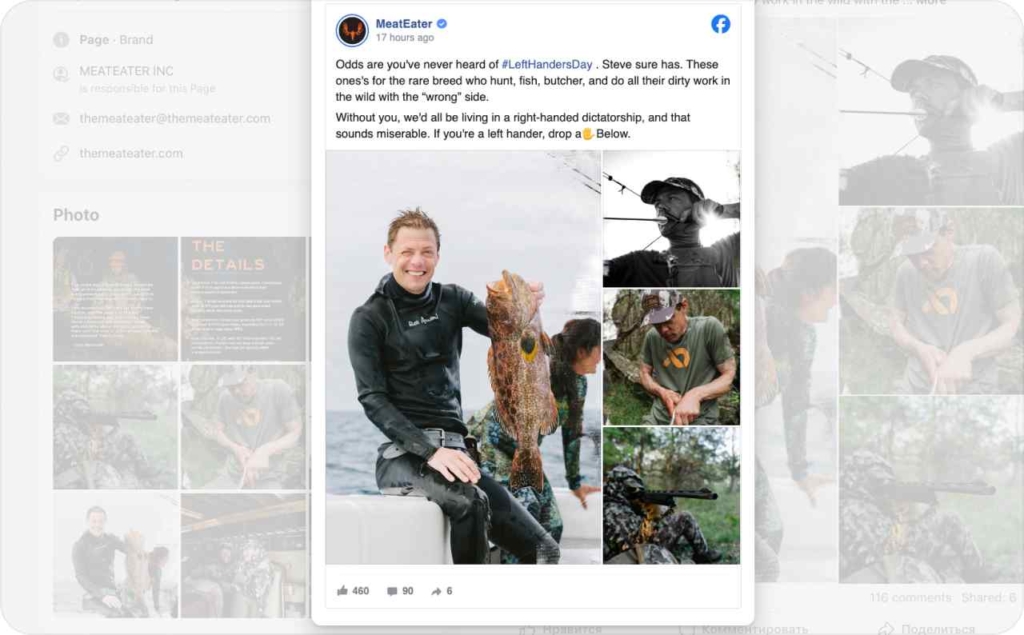
Photo souce: Meat Eater on Facebook
Here are some templates from Zeely AI that you can use to post in your Instagram story:
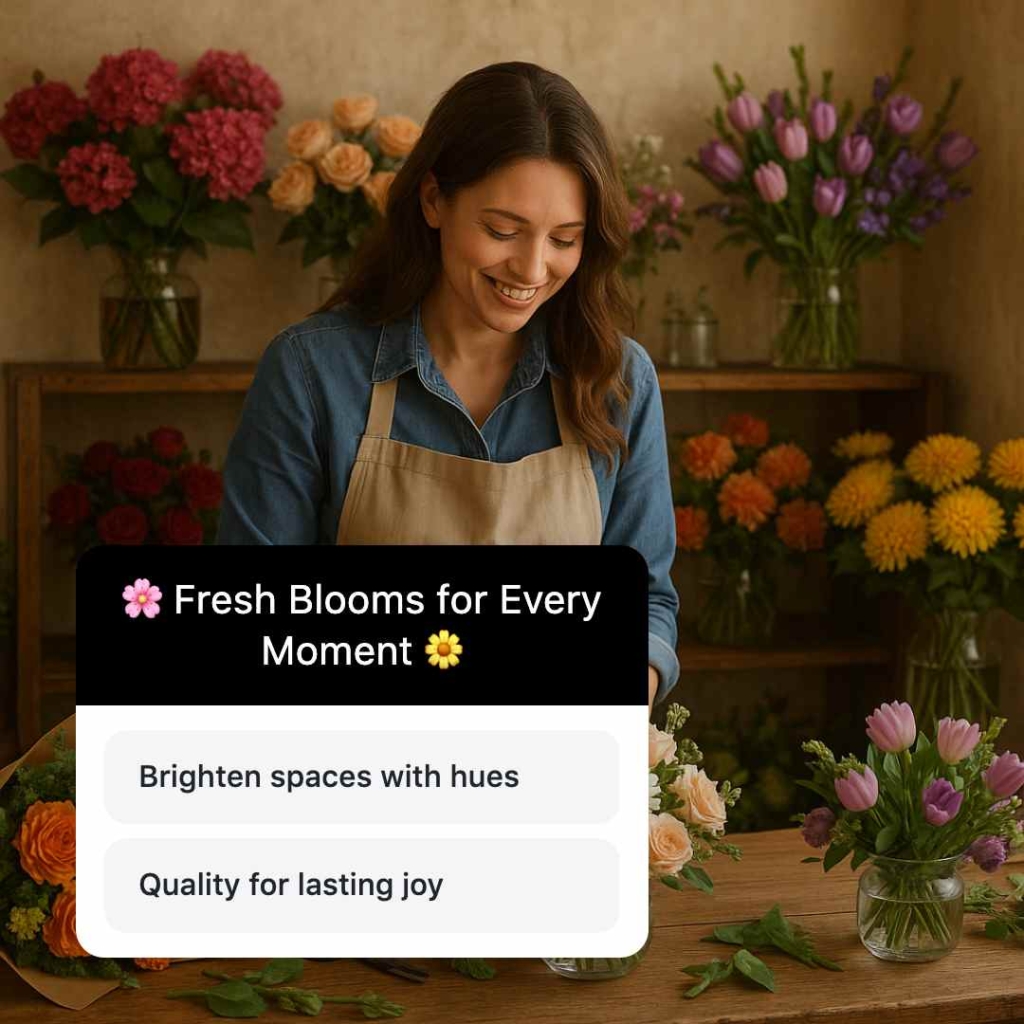
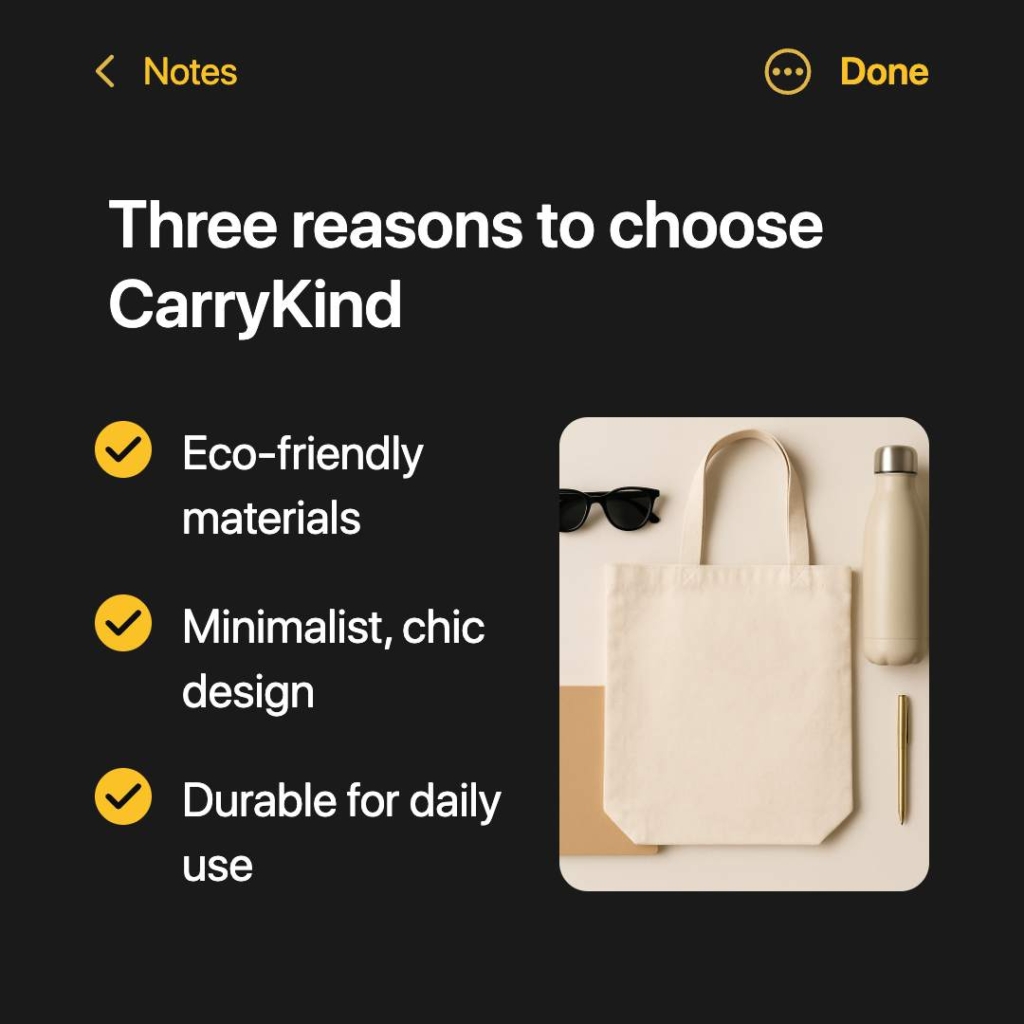
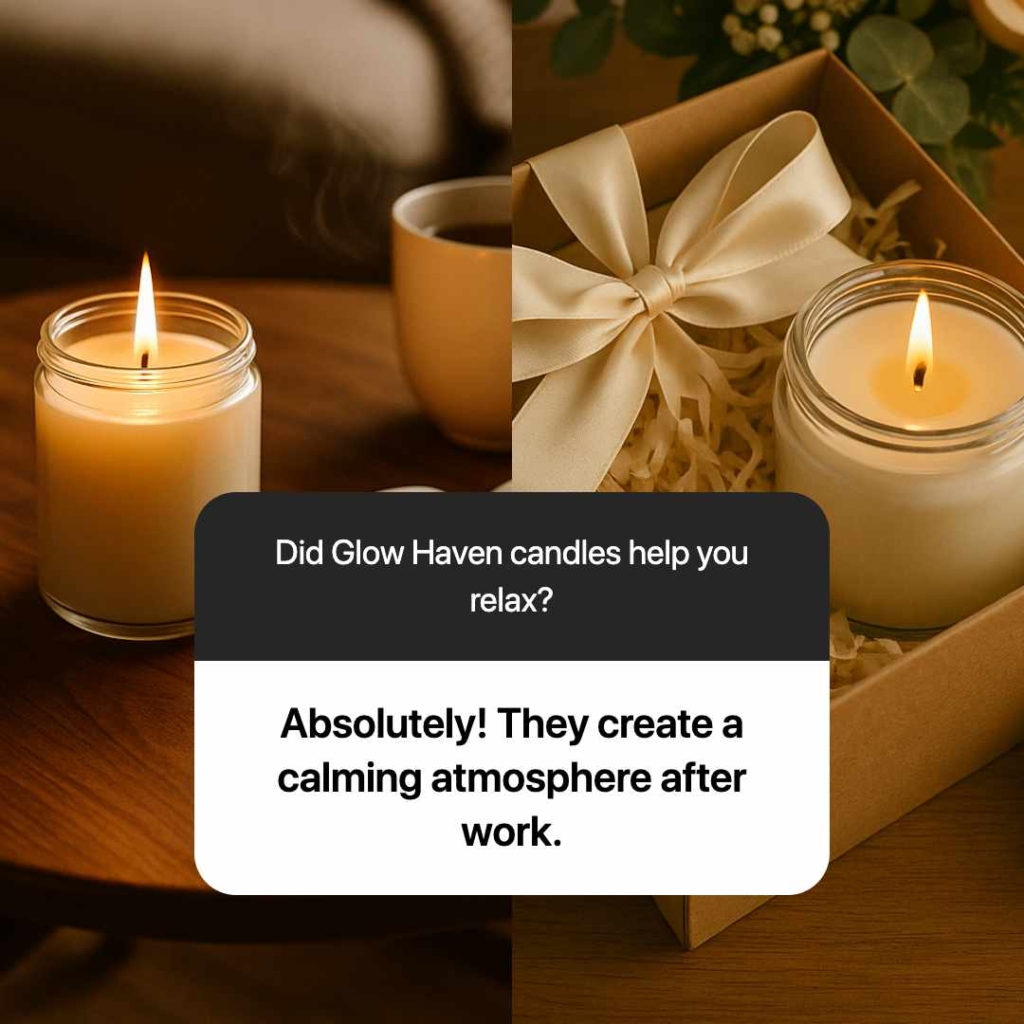
Influencer and creator testimonials
Influencer and creator testimonials turn trusted voices into brand advocates. People follow them for their style, expertise, or lifestyle and they listen when these creators recommend something. Instead of a scripted ad, the product appears naturally in their daily life, making it feel like genuine advice, not marketing.
Why it works:
- Followers already believe the creator’s taste.
- Name + niche + authentic story equals instant trust.
- Your product rides on the influencer’s credibility and reach.
- Relatable storytelling makes it feel personal, not promotional.
- You expand awareness, inspire clicks, and shorten the path to purchase.
For example:
CB Positano, a small family-run fashion boutique in Italy, wasn’t active on social media. Yet they reached millions of potential customers when influencers Lydia Brunker and Cassie Warren shared their boutique finds online. Their posts sparked viral attention, boosted brand searches, and brought new visitors straight to CB Positano’s door both online and in person. This examples shows how successfully social media advertising can work for small businesses.
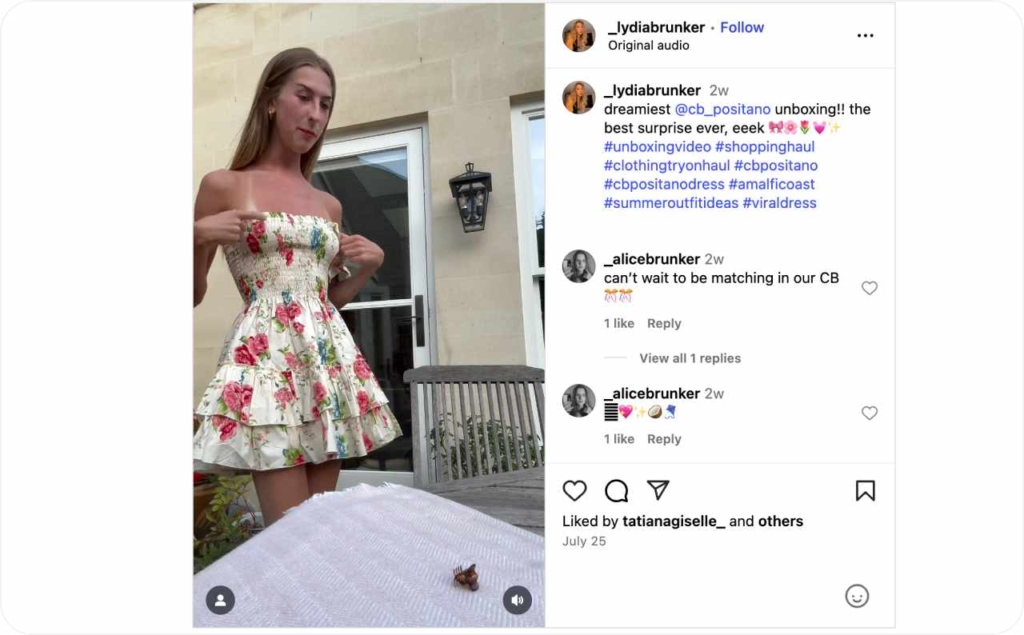
Photo source: @_lydiabrunker on Instagram
Here’s how influencers and creators can promote your product using Zeely AI’s static ad templates:
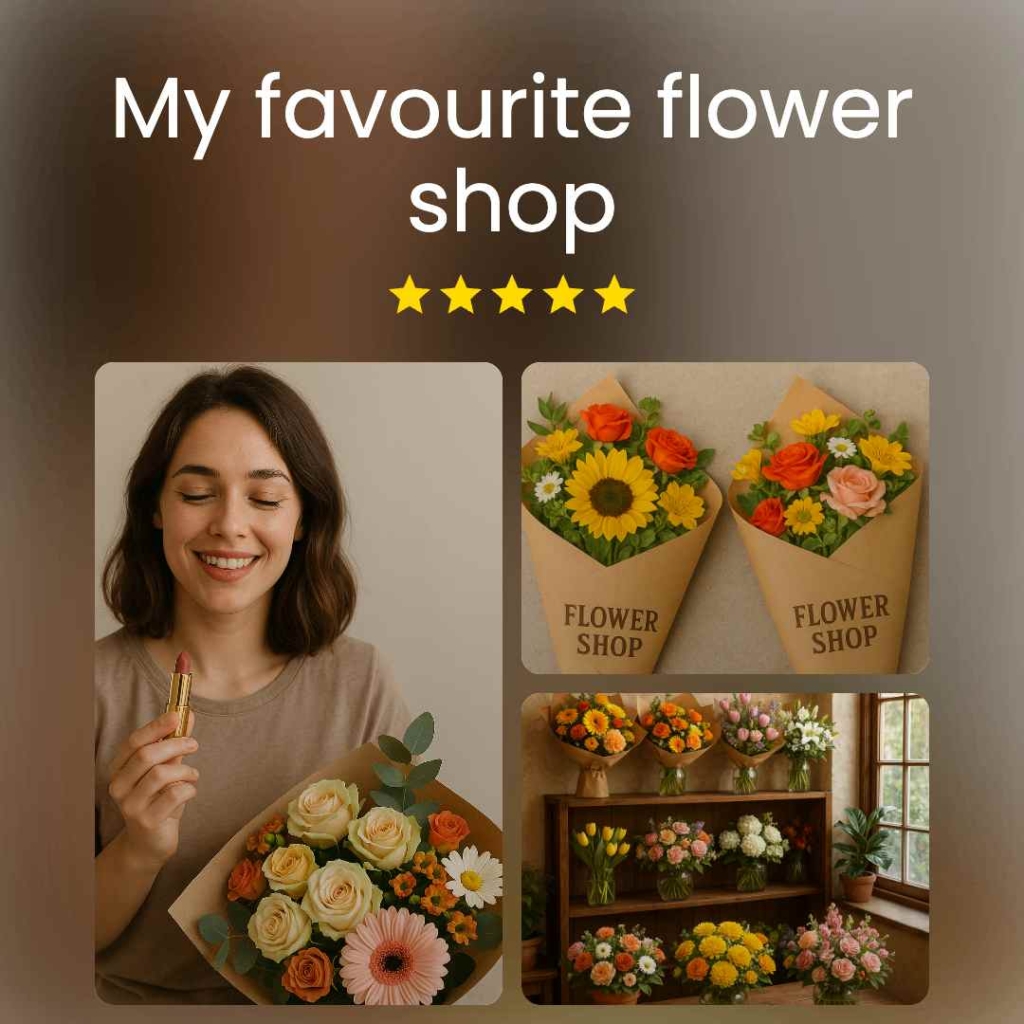
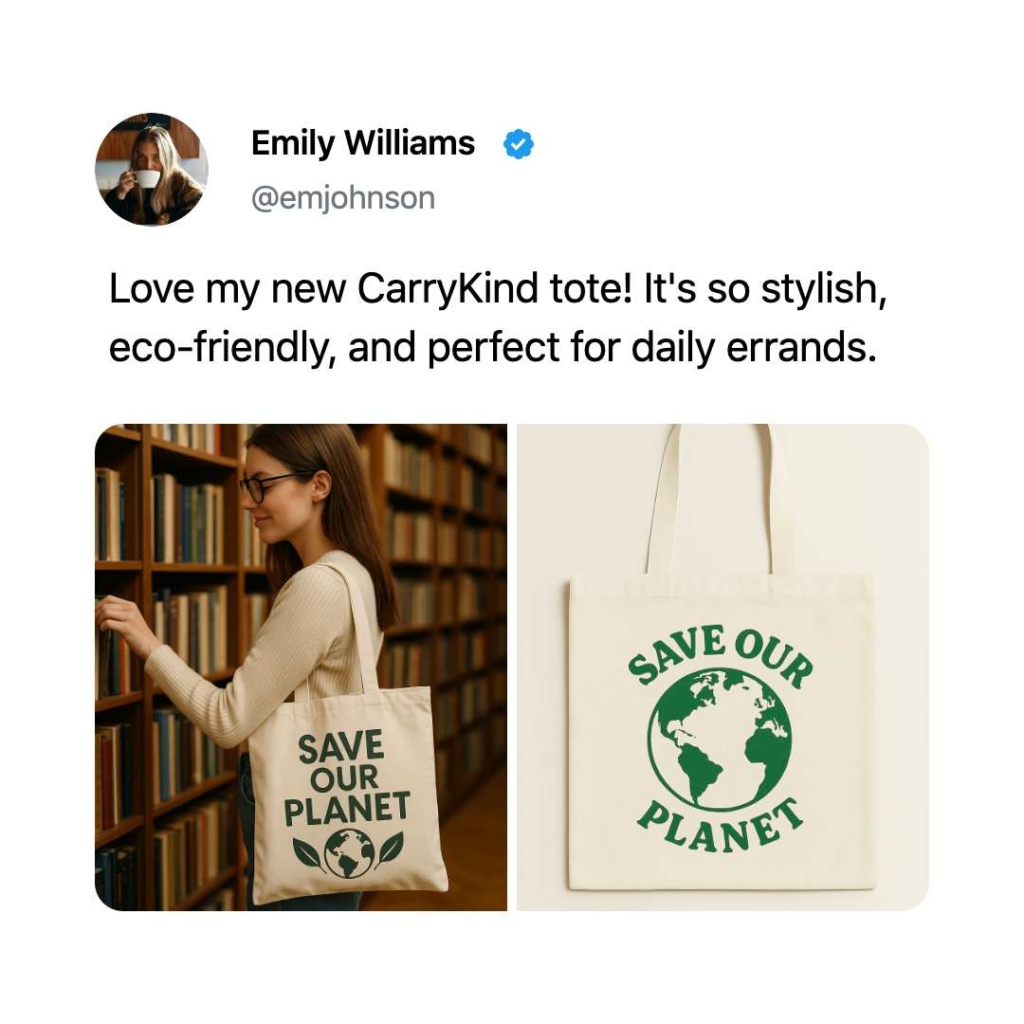
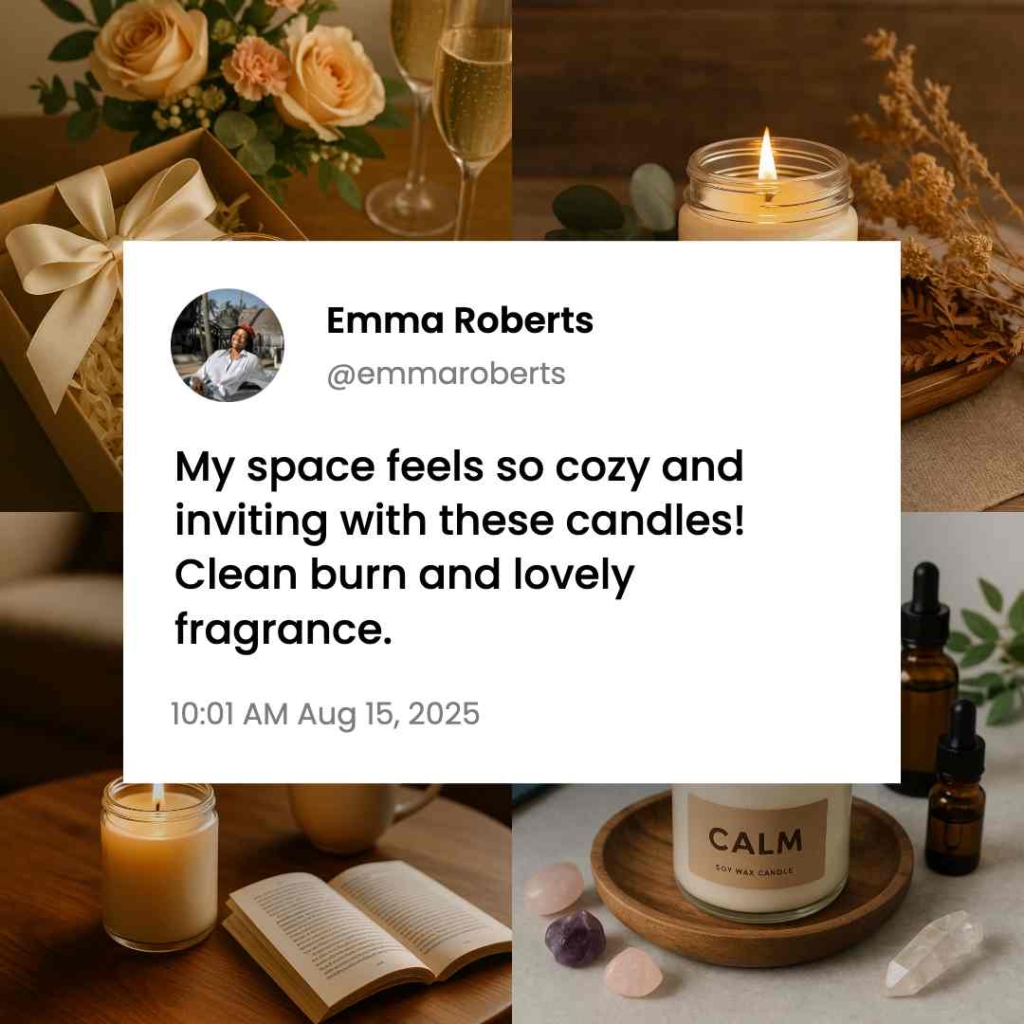
Case study and metric-based testimonials
A case study testimonial tells a complete story. It shows where a customer started, the challenges they faced, what you helped them change, and the exact results they achieved. These stories mix emotion with hard data. Instead of just a nice quote, you give proof that your product works with real numbers, timelines, and before-and-after comparisons.
Why it works:
- Decision-makers crave proof. A real story plus hard numbers delivers it fast.
- Name + role + measurable result = instant credibility.
- You anchor your promise in reality; trust rises, doubt drops.
- Numbers stick in memory longer than vague praise.
- The format speaks to logic and emotion at once — perfect for big purchases or B2B.
For example:
A small online stationery shop, Paper & Plan Co., struggled to get repeat customers and grow its email list. They started using an email automation tool to send a redesigned welcome series with product recommendations. They also ran a short free shipping promotion to encourage purchases. In three months, repeat orders grew by 42% and their subscriber list increased by 65%.
Here’s how you can place a case study into your testimonial ad with Zeely AI:
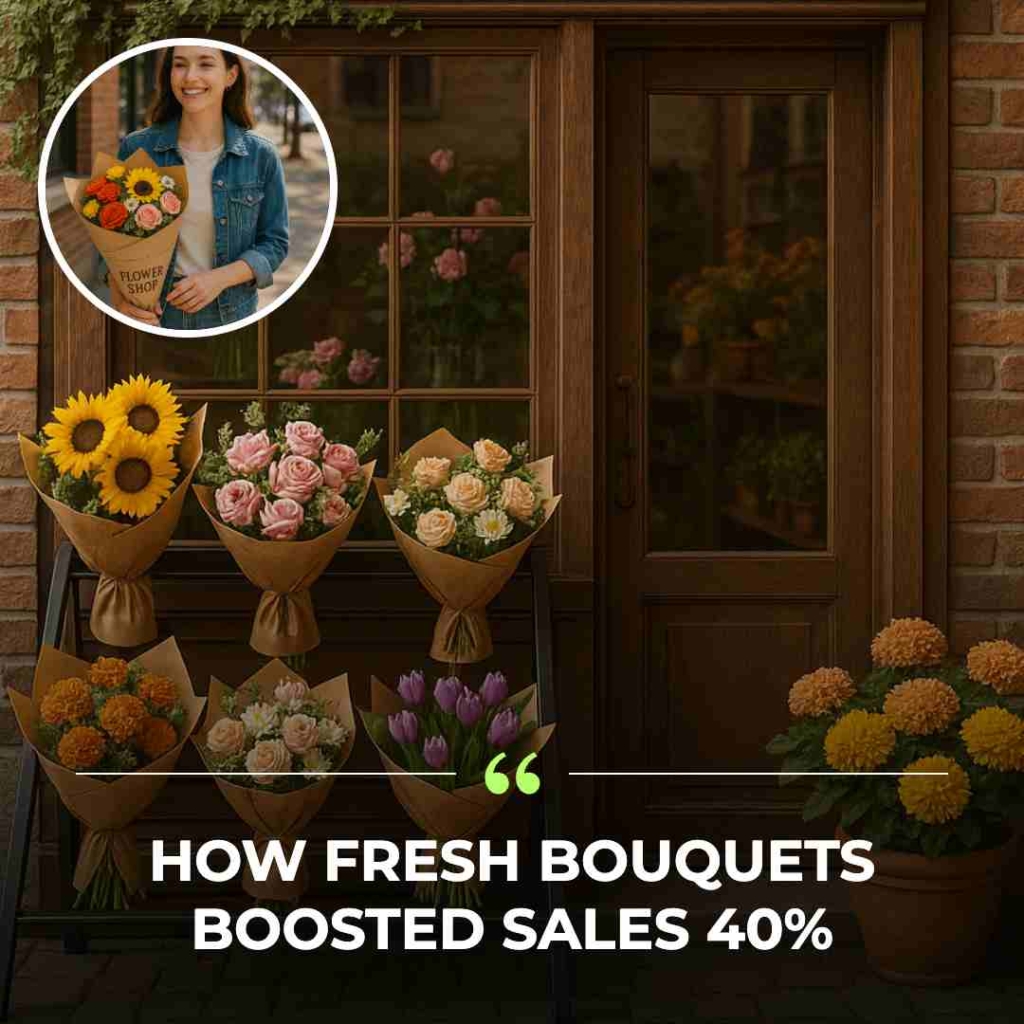
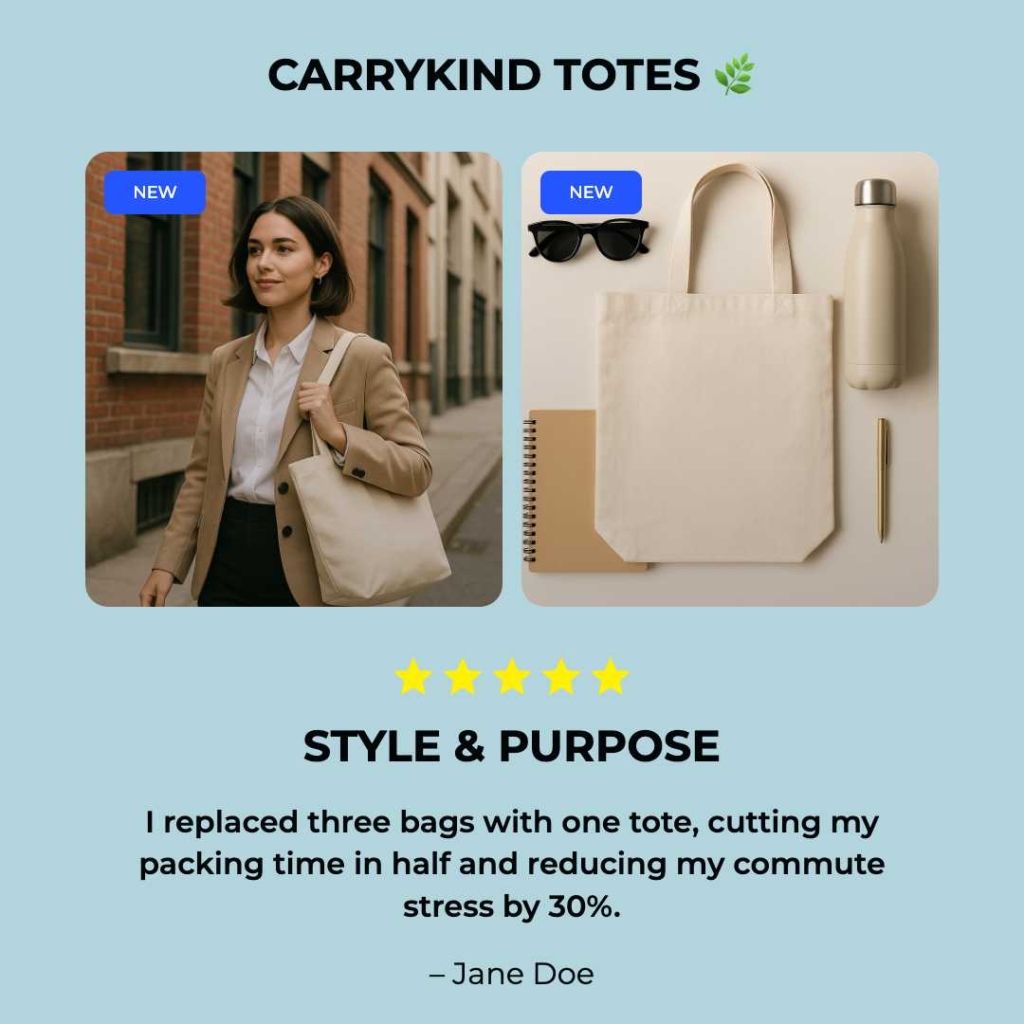
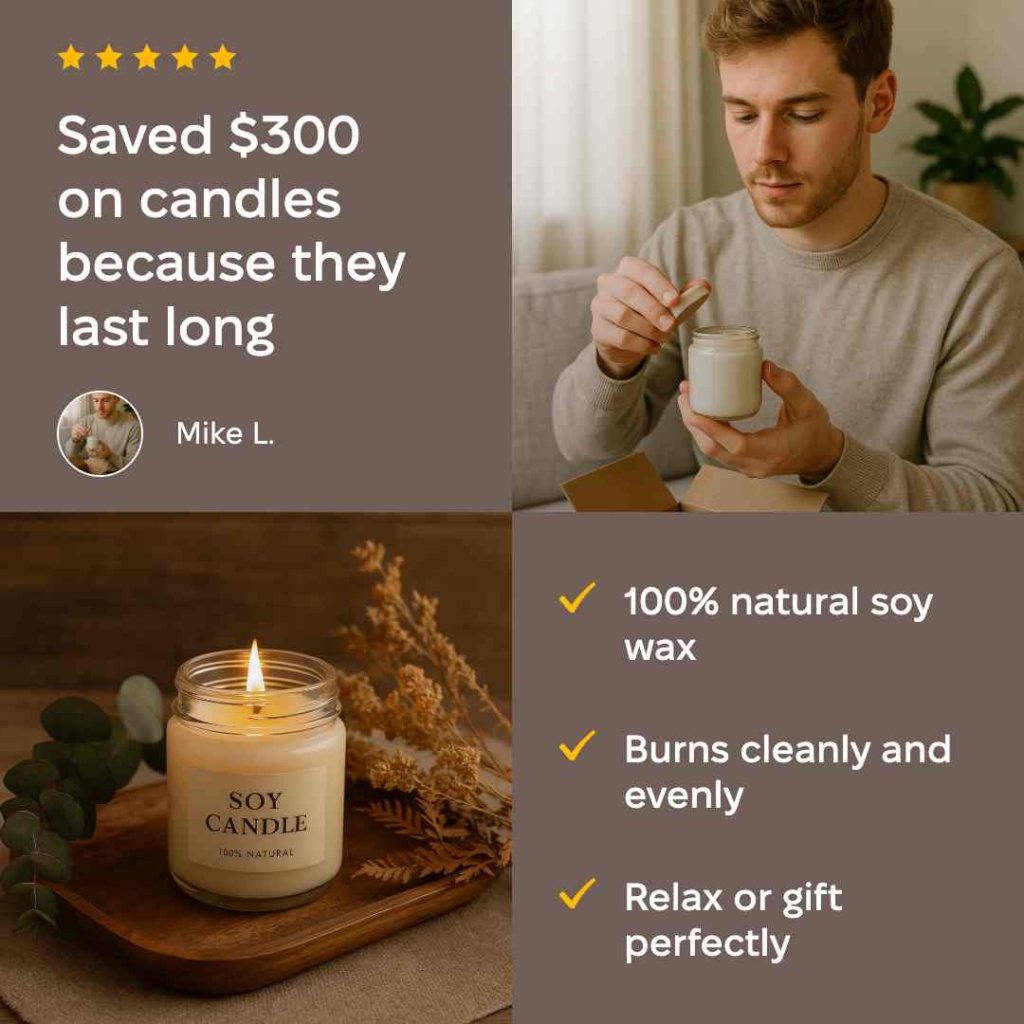
30+ testimonial advertising examples you can learn from
1. DTC brands that convert with quick, clear testimonials
Testimonial advertising for DTC brands uses short, high-impact customer quotes and visuals to drive immediate conversions. Top-performing examples combine fast-to-read text with clear product imagery, creating trust in under three seconds.
Examples:
- Glossier shows clean product photos alongside lines like “My skin’s never been this soft”
- Function of Beauty uses before-and-after shots with short video reviews
- Surreal Cereal stands out with playful fake celebrity quotes — “Not from Ronaldo. From a guy also named Ronaldo”
- Ritual posts verified 5-star reviews on pale yellow backgrounds for instant brand recognition
- Athletic Greens combines lifestyle images with real customer praise
- SmileDirectClub shares UGC selfies with captions like “I smiled more in 3 months than in 3 years.”
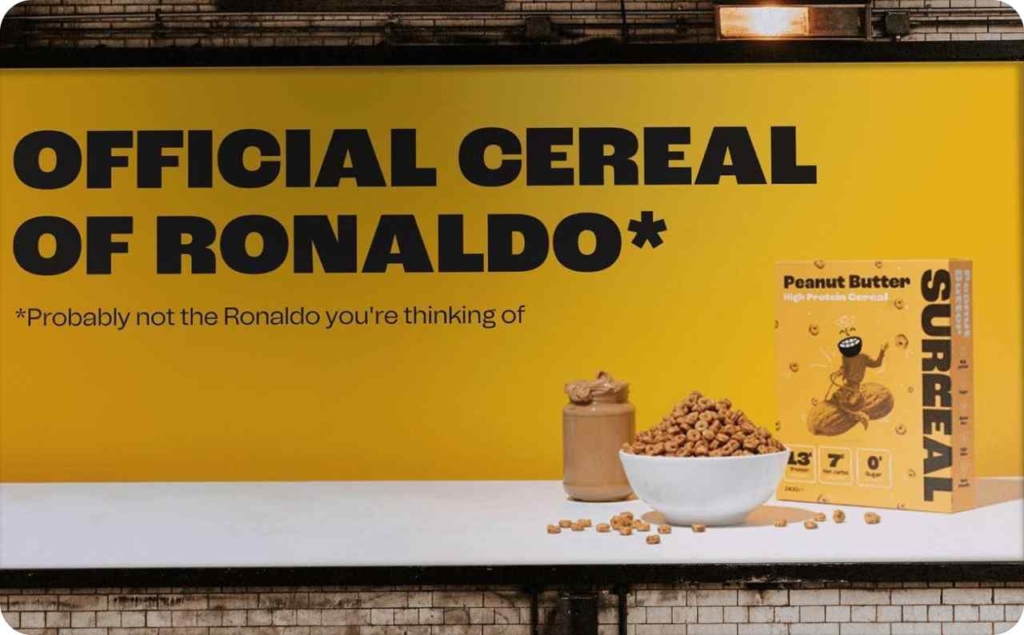
Photo source: Surreal Cereal advertising
Use bold text overlays, authentic buyer photos, and minimal copy to keep testimonial ads fast, clear, and effective.
2. Tech and SaaS brands that sell trust with client success
Tech and SaaS brands use testimonial advertising to turn customer success stories into trust. These ads pair real customers with clear results like revenue earned, time saved, or productivity gained, so prospects can see exactly what’s possible.
- Shopify features entrepreneurs saying, “I made $10K in a month using Shopify”
- Canva highlights badges like “60% increase in content creation in one month”
- Monday.com shares user-made videos walking through live boards
- ClickUp rotates real review snippets with customer photos
- Zapier transforms case studies into visual email blocks
- Basecamp posts quotes such as, “It helped us ditch 4 other tools.”
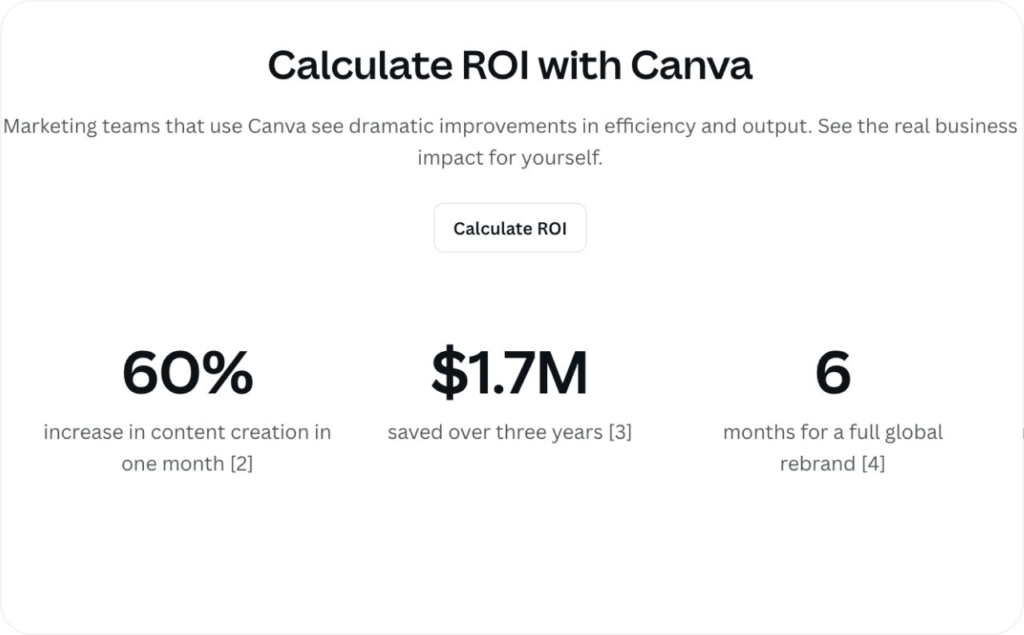
Each example shows a before-and-after transformation, proving that real customer wins can build credibility and drive growth.
3. Lifestyle and wellness brands that win with emotion
Lifestyle and wellness brands are at their best when testimonials tell real stories of emotional change. In this space, people connect most with moments of self-discovery, healing, and personal growth.
- Dove’s Real Beauty campaign shares body-positive journeys that challenge beauty stereotypes
- Oura Ring users talk about sleeping better and having more energy
- Headspace features stories of mental relief, like “I felt like I could breathe again”
- Noom pairs weight-loss milestones with renewed confidence
- CeraVe brings together dermatologists and customers to share long-term skin health journeys
- Kin Euphorics amplifies stories about feeling balanced and connected.
The best testimonials don’t just say a product works, they show how it changes lives.
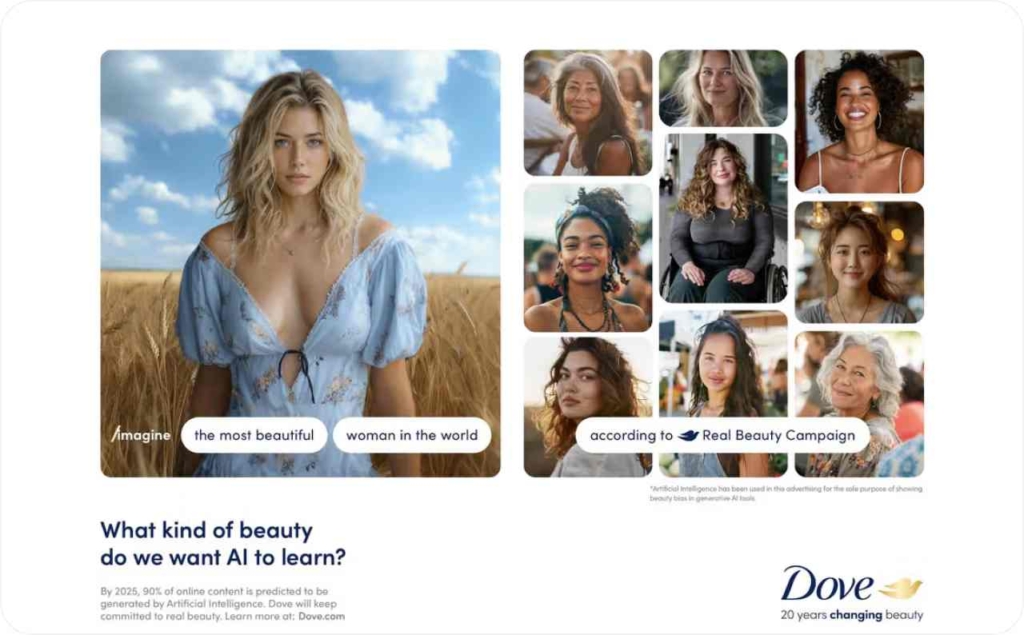
4. Bold and funny testimonial ads that break the mold
Bold and funny testimonial ads use humor, satire, or deliberate absurdity to transform social proof into entertainment. These campaigns break the mold by replacing safe endorsements with unexpected voices, ironic exaggerations, or self-deprecating twists.
- Surreal Cereal puts random strangers on billboards “It’s cereal.” — Some Guy
- Dollar Shave Club highlights rave reviews from people who don’t even use the product
- Liquid Death films confused seniors reacting to its cans
- Dominos took brutally negative customer reviews and made them part of a turnaround campaign
- Airtable showcases stick-figure “art” from a happy customer
- Cards Against Humanity proudly features angry complaints.
Flip your weirdest compliments or harshest reviews into ad gold that no one can scroll past.
5. Luxury, travel, and experience brands that lean on story
Luxury, travel, and experience brands use testimonials as immersive storytelling tools that evoke aspiration and exclusivity. In this segment, a testimonial isn’t a simple review, it’s a cinematic narrative that places the audience inside a transformative journey.
- Four Seasons crafts long-form guest stories where “a stay became a memory”
- Aman Resorts shares videos of guests describing serene escapes in remote locations
- Emirates First Class showcases travelers recounting tailored service and once-in-a-lifetime experiences at 40,000 feet
- Belmond presents narratives of cross-continental train journeys told through the eyes of adventurers
- Airbnb Luxe highlights hosts and travelers revealing how extraordinary stays reshaped their perspective.
These campaigns operate like short films, scripted for emotional arc and sensory detail, turning brand prestige into lived experience.
How to create effective testimonial ads
Determine right time to ask testimonials
You should ask for a testimonial when your customer is happiest right after they finish onboarding, hit a big goal, solve a problem, or see real results from what you gave them. If you reach out within 24 – 48 hours, their memory will be fresh and they’ll be more likely to answer, sometimes up to 35% more. Creation of effective ads can be fun and easy if you know well relevant trends and your audience.
Look for moments like a subscription renewal, a high usage milestone, or a great Net Promoter Score. Send them a short, personal message by email, text, or in-app with a direct link so it’s easy to respond. Catching people at these high points means you’ll get more real, excited words that work better in your ads.
Choose the right format for your audience
When you choose the right testimonial format, think about how your audience likes to watch or read content on each platform.
On Instagram, you’ll grab more attention with quick, user-made reels or photo quotes that feel real.
On LinkedIn, you’ll build trust with clean, professional videos or short written quotes that show real results.
YouTube viewers like longer stories, so use testimonials over two minutes to pull them in.
In email, short quotes or short videos can boost your click-through rate by up to 41%.
If most of your audience is on mobile, use real, casual clips from customers. They usually work better than fancy studio videos because they feel personal and natural.
Use tools to scale testimonial production
You can make a lot of testimonial ads fast without hiring a big crew. Use Zeely AI automated video generation tool to create full AI videos with visuals and easy, no-code editing so you can try new versions quickly.
Record your customers in HD with Vocal Video just by sending them a link, even if they live far away.
Turn your words and pictures into branded testimonial designs with Canva’s ready-to-use templates.
With UGC platforms, you can collect, edit, and publish all in one place, making it simple to scale your testimonial ads without spending extra time or money.
Ad copy, design, and CTA tips
If you want your testimonial ads to work, you need the right ad copy, design, and CTAs. Start your copy with a problem your customer had something like: “Before switching, I struggled with X” — then show the result, “Now, it’s seamless.”
Use design that makes the customer’s words stand out: clear text, high-quality photos, and colors that match your brand. Keep logos and taglines in the background so the testimonial stays the focus.
End with a direct CTA, like “See why 10,000+ customers trust us” or “Watch Name’s results.” Even one testimonial video on your checkout page can boost sales by 32%, showing that real voices plus strong copy, design, and CTAs can get you more buyers.
Launch your own testimonial ad today
Testimonial advertising works because it replaces claims with proof, and proof sells. Whether it’s a quick text review, a raw UGC clip, or a data-backed case study, every authentic customer story builds trust faster than any brand-led pitch. The examples, formats, and tactics in this guide show one thing clearly: you already have the most persuasive ad copy you’ll ever need.
Now’s the time to put those words to work. Pick a story, match it to the right format, and launch it where your audience is most ready to act. With tools like Zeely AI or Vocal Video, you can go from quote to campaign in minutes, not weeks. The sooner you start, the sooner your customer voices start doing the selling for you. Your next high-performing ad might already be in your inbox.
Start small. Launch fast. Let your customers speak for your brand. Try a testimonial ad builder today and turn real experiences into real results.
Also recommended


